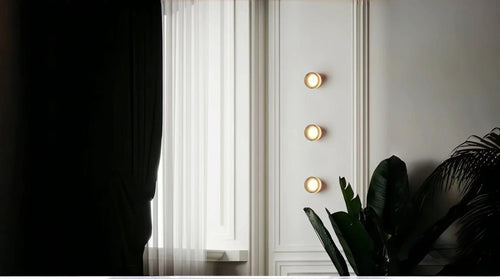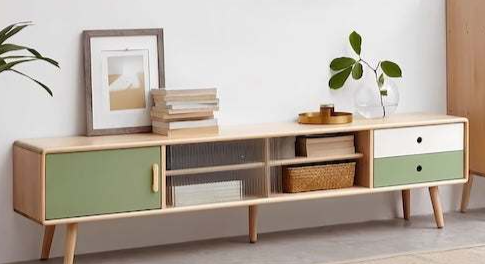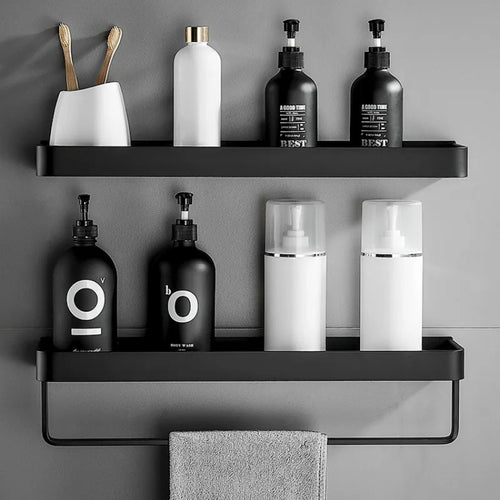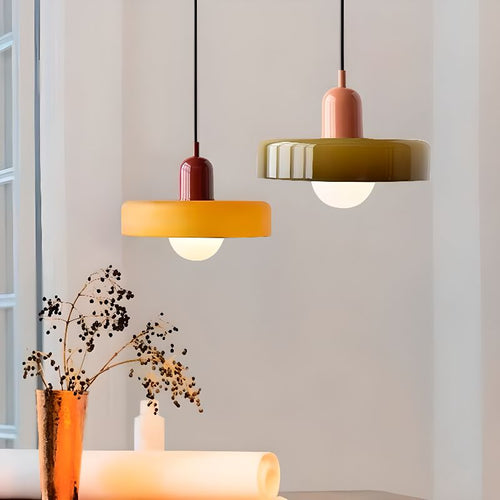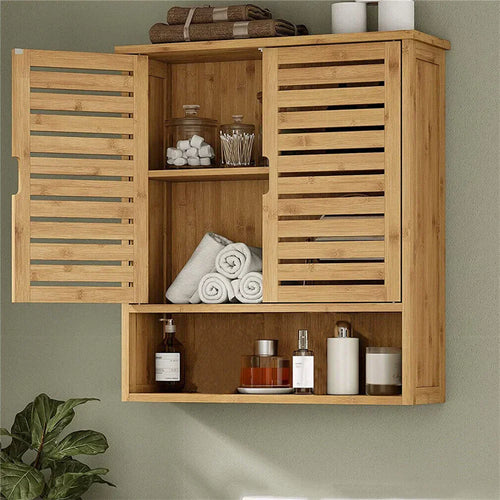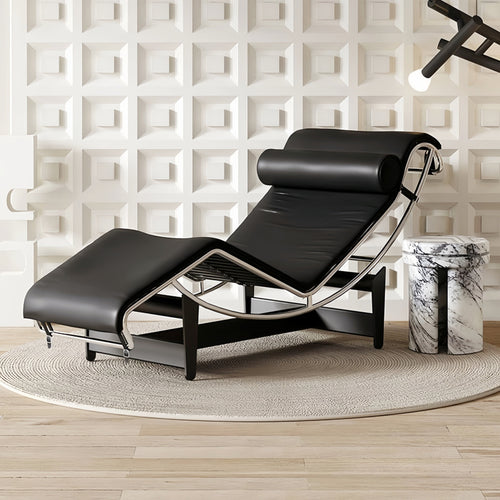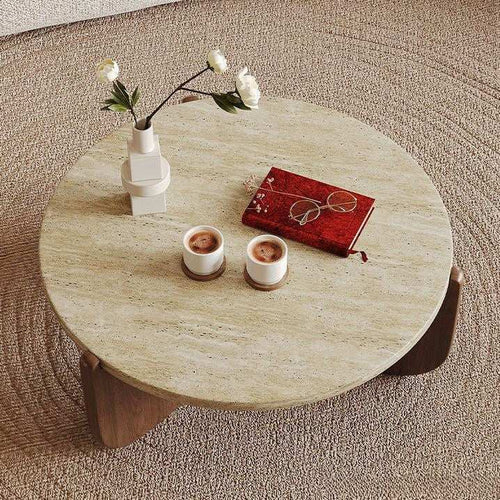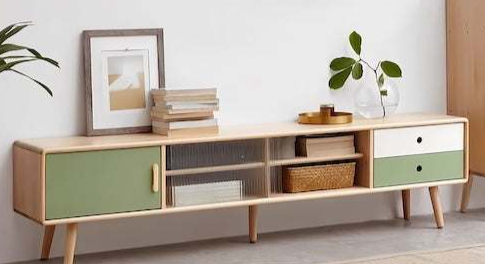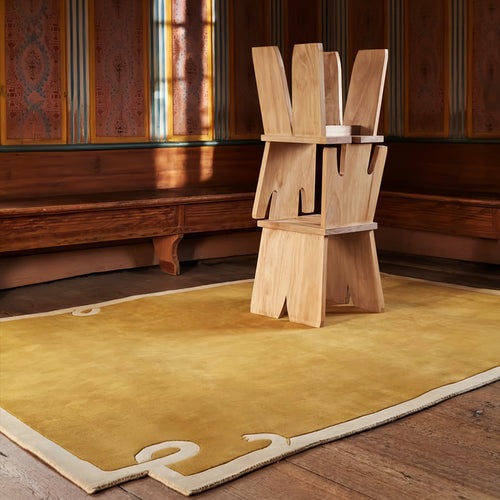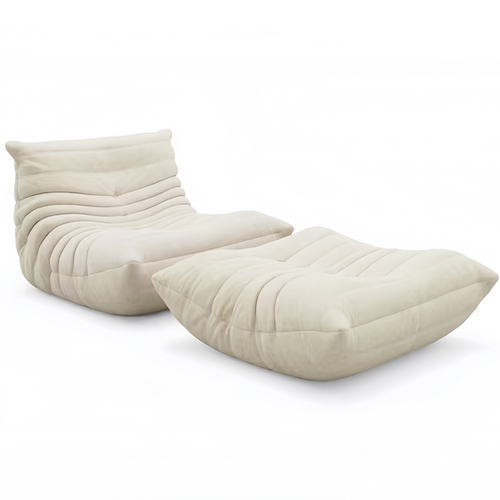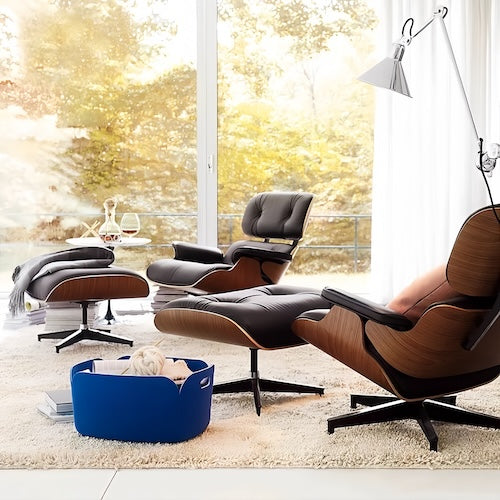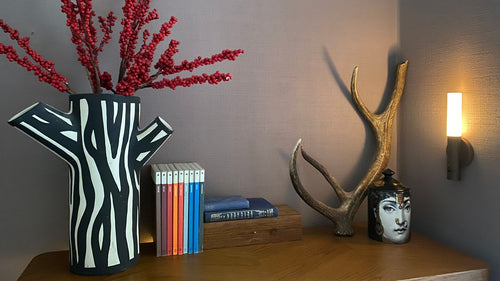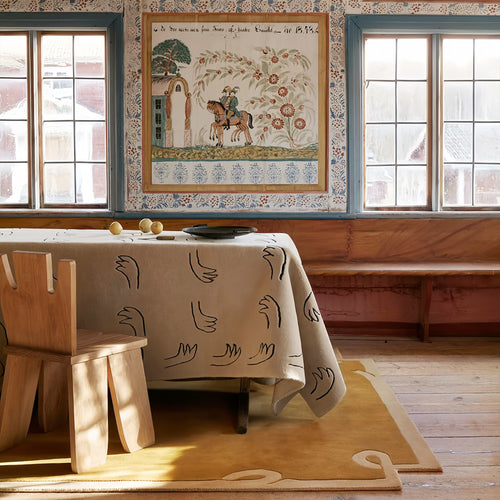Scratching is a natural feline behaviour that serves many purposes: to sharpen and maintain claws, mark territory, relieve stress, stretch and exercise. But it can wreak havoc on furniture.
Never punish a cat for scratching by hitting or yelling, which may make them associate you with the unpleasant act of clawing. Instead, try the following methods to discourage scratching and encourage your kitty to use a scratching post or pad.

Redirect Your Cat’s Attention
Imagine this: You’ve just purchased a new sofa to add to your living room décor—but the second it comes in, your cat decides that it’s her personal scratching post. Now you have to find a way to deter her from scratching your beautiful, new piece of furniture while you’re trying to get it ready for Aunt Gertrude’s visit in seven days.
While many people view cat scratching as a negative behaviour that must be corrected, it’s actually a normal and instinctual part of feline life. In fact, it’s an important part of feline health and well-being because it keeps claws in good condition by removing the outer layers of the nail to reveal fresh, sharp claws beneath.

Cats also use scratching to mark their territory, both with visual cues like claw marks and with scent pheromones that they deposit when they dig into surfaces. In addition, scratching helps them stretch and relieve stress. Providing your cat with suitable outlets for this scratching behavior—and keeping her away from your furniture, carpets and drapes—is the key to preventing damage and maintaining a harmonious home environment.
Thankfully, there are plenty of ways to distract your cat from scratching her favourite spots. You can try pet-specific products like Sticky Paws furniture strips or double-sided sticky tape, as well as general household items such as sheets, blankets and aluminium foil. These items can be effective at deterring your cat from her favourite spots if you know where her scratching tendencies are and which areas she favours to start with.
For example, if she prefers to scratch vertical surfaces like furniture and carpeting, try using a vertical scratcher or a cat tree in that area. If she’s more of a horizontal scratcher, consider a scratch mat or a large cardboard box. You can even try scenting these items with catnip or hanging a kitty-friendly toy on them to lure your cat to them. Other remote aversives, like upside-down carpet runners, lemon rinds, sticky tape, tinfoil and scat mats, can also be used to redirect your cat’s attention.
Restrict Your Cat from Off-License Items
Cats scratch furniture for a variety of reasons. It's a natural feline behaviour that helps them mark their territory, stretch and condition their claws, and remove old nail tissue. It also helps them maintain the sharpness of their claws. While you can't stop them from scratching altogether, you can discourage them by redirecting them to a suitable surface. It may take some trial and error to find the right scratching deterrent for your cat.
The first step is to figure out what the problem area is and why your cat chooses to scratch that particular piece of furniture. Once you have that information, you can start to try a few different strategies to get them to scratch the scratching post instead.
For example, if they're scratching a couch that isn't covered in a throw blanket, you can cover it with a blanket or sheet to make it unappetizing. You can also use a cat-safe furniture spray repellant, which will emit an unpleasant scent that most cats dislike.
Another option is to cover the offending area with carpet runners, which have spiked points that are uncomfortable for cats to walk on. These can be purchased from pet stores and are designed to be stuck down on the floor to deter scratching. They'll need to be kept up for a few weeks to have a significant effect.

Punishment is usually a bad idea because cats don't understand what you're telling them and will probably only associate it with your presence. A harsh tone or sharp words can also lead to fear or anxiety, which may encourage them to scratch the furniture even more in an effort to avoid you.
Some owners have reported success with using scratching posts to deter their cats from destroying upholstered furniture. They recommend placing the scratching posts near where the upholstered furniture is located, rather than hiding them away in a secluded part of the house. That way, your cat will be more likely to see it as a suitable replacement for the pieces of furniture they're currently scratching.
Scratching Posts
Providing your cat with a scratching post or pad is one of the best ways to stop her from clawing your furniture. Choose a tall vertical post and situate it in an area that your cat frequents for stretching or sleeping. Some cats prefer horizontal marking posts that resemble trees in the wild, while others like sisal coverings, which feel rough and satisfying to scratch. Many cats enjoy a combination of both types so try a few different kinds to see what your cat responds to best.
When you’re working to train your cat to use the scratching post, cover the furniture she typically scratches with a tightly tucked sheet, plastic wrap or aluminium foil. Alternatively, you can purchase scratching covers that are similar to the fabric of your couch and simply adhere to the surface. This is an effective way to make the off-limits furniture seem less inviting than the scratching post and will deter scratching in most cases.
If your cat does attempt to scratch a piece of furniture that you’ve covered, firmly correct her behaviour by saying “no” in a firm tone of voice and then immediately redirecting her to the scratching post. If you’re able to keep your cat from returning to the off-limits furniture, you can remove the covers or peel them away, although it’s important to continue to use the scratching post and reward her for scratching there in lieu of the furniture.

In addition to retraining her to scratch on the post, your cat will need to have her nails regularly trimmed. This can help prevent overgrown nails, which are a common cause of scratching destruction and can get stuck in your cat’s paw pads. If you’re not comfortable clipping her nails, you can always visit a pet store that offers nail trims or ask your vet to show you how to do it at home.
Remember that scratching is a natural behaviour for cats. It’s how they mark their territory, shed their claw sheaths and stretch. Punishing them when they scratch on your furniture will only increase their interest in the activity since it will be associated with you.
No-Scratch Sprays
While it may be frustrating to see your furniture get ripped up by your cat’s claws, scratching is a natural behavior that’s necessary for cats’ health. It helps them stretch, sharpen and maintain their claws, mark their territory and relieve tension.
Instead of punishing your cat for scratching, redirect their attention and help them stop scratching furniture by providing alternative scratchers. Spraying your furniture with a no-scratch formula is a quick and easy way to do this. These products contain a mix of scents, bitters and other ingredients that discourage your cat from scratching the treated area. They also come with instructions on how to use them properly.
Depending on the product, you’ll apply it in the same way you would other sprays to your home. You can find sprays that are formulated to work on specific types of furniture, including leather and suede. The Bodhi Dog Cat No-Scratch Spray, for example, uses herbal essential oils to discourage scratching and protect the treated areas from damage. Another option is to use a bitters-based deterrent spray, such as the PetSafe Cat Bitter Spray. This is made with a blend of organic ingredients to avoid allergies, and it works on fabric, wood floors, carpets and drapes, as well as other surfaces.
Another option to consider is to provide a variety of scratchers in different shapes and materials. Then you can let your cat choose which one they prefer. For example, if they like to scratch vertically on your couch, try giving them a tall and sturdy sisal scratcher that’s similar in shape. Alternatively, if they like to scratch on your carpets and rugs, you can give them a large, cat-friendly scratch pad.
Other options to try include applying citrus-scented sprays or using double-sided sticky tape to furniture. These can make it unpleasant for your cat to scratch the furniture by triggering their sensitive paws, and they’re also easy to remove after a few weeks. You can even try nail caps that are glued onto your cat’s nails to prevent them from scratching sofa.

While no-scratch sprays and other products can be effective, remember that scratching is a normal behaviour for your cat, and they will likely return to their old habits if not properly redirected. Be patient and remember that you can always help them get back on track with their scratching behaviours by promoting appropriate alternatives, making sure they have enough places to scratch, and keeping their nails clipped regularly.




